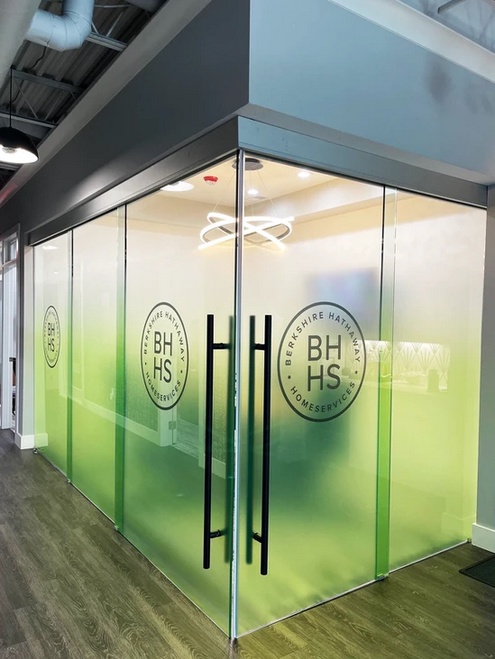Introduction:
In the ever-evolving landscape of office design, the role of transparency has taken center stage. The integration of glass in office spaces, particularly in door designs, has become a defining element in modern workplaces. This article explores the evolution of office glass door design, delving into its aesthetic, functional, and psychological aspects. By examining the benefits and implications, we aim to understand how these designs contribute to a more innovative and collaborative work environment.
Evolution of Office Glass Door Design:
The shift towards transparent office spaces can be traced back to the late 20th century when the concept of open-plan offices gained popularity. Traditional solid walls were replaced with glass partitions, fostering a sense of openness and connectivity among employees. Over time, this design philosophy extended to office doors, leading to the emergence of modern glass door designs.
Contemporary glass door designs prioritize minimalism and sleekness. Frameless glass doors, for instance, eliminate visible borders, creating an uninterrupted flow of transparency. Frosted or tinted glass options provide a balance between openness and privacy, allowing natural light to permeate while maintaining discrete workspaces. The evolution of office glass door design reflects a commitment to creating work environments that are both functional and aesthetically pleasing.
Aesthetic Appeal and Brand Image:
The aesthetic appeal of modern glass door designs goes beyond the visual aspect. Glass doors contribute to a sense of sophistication and modernity in office spaces. The use of glass imparts a timeless elegance, making the workspace more inviting and dynamic. Furthermore, these designs align with contemporary architectural trends, influencing the overall brand image of a company.
In a competitive business environment, where first impressions matter, the visual impact of office glass door designs cannot be understated. The transparency they offer conveys a sense of openness, trust, and accessibility. This can positively influence clients, partners, and potential employees, projecting an image of a progressive and collaborative organization.
Functionality and Spatial Efficiency:
Beyond aesthetics, the functional aspects of modern glass door designs play a crucial role in enhancing the efficiency of office spaces. Glass doors allow for the optimal utilization of natural light, reducing the dependence on artificial lighting and contributing to energy efficiency. This not only creates a more sustainable workplace but also has positive implications for employee well-being and productivity.
The transparency of glass doors promotes visibility across different sections of the office, fostering a sense of connectivity among team members. This openness can lead to improved communication and collaboration, breaking down physical barriers and encouraging a more inclusive work culture. Additionally, the use of glass doors in meeting rooms enhances the feeling of accessibility, making these spaces more approachable and inviting for impromptu discussions.
Psychological Impact on Employees:
The psychological impact of office glass door designs extends to employee well-being and satisfaction. The transparency they provide promotes a sense of inclusivity and eliminates the isolation that traditional closed doors can create. Employees working in an environment with glass doors may feel more connected to their colleagues, leading to improved morale and a stronger sense of teamwork.
Moreover, the abundance of natural light facilitated by glass doors has been linked to enhanced mood and increased productivity. Exposure to natural light is known to regulate circadian rhythms, promoting better sleep patterns and overall mental well-being. By prioritizing transparency, modern office glass door designs contribute to a positive work environment that supports employee happiness and engagement.
Conclusion:
In conclusion, the evolution of office glass door designs represents a significant paradigm shift in workplace aesthetics and functionality. The seamless integration of transparency into office spaces, particularly through modern glass door designs, contributes to a multitude of benefits. From enhancing brand image and aesthetic appeal to promoting functional efficiency and employee well-being, these designs are reshaping the way we perceive and experience work environments.
The strategic use of glass in office design is not merely a trend but a thoughtful response to the evolving needs of the contemporary workforce. As organizations continue to prioritize collaboration, innovation, and employee satisfaction, the adoption of modern glass door designs stands as a tangible expression of these values. In the ever-changing landscape of office architecture, the transparent revolution is not just about doors; it's about redefining the very essence of how we work and interact within the modern workplace.


No comments yet